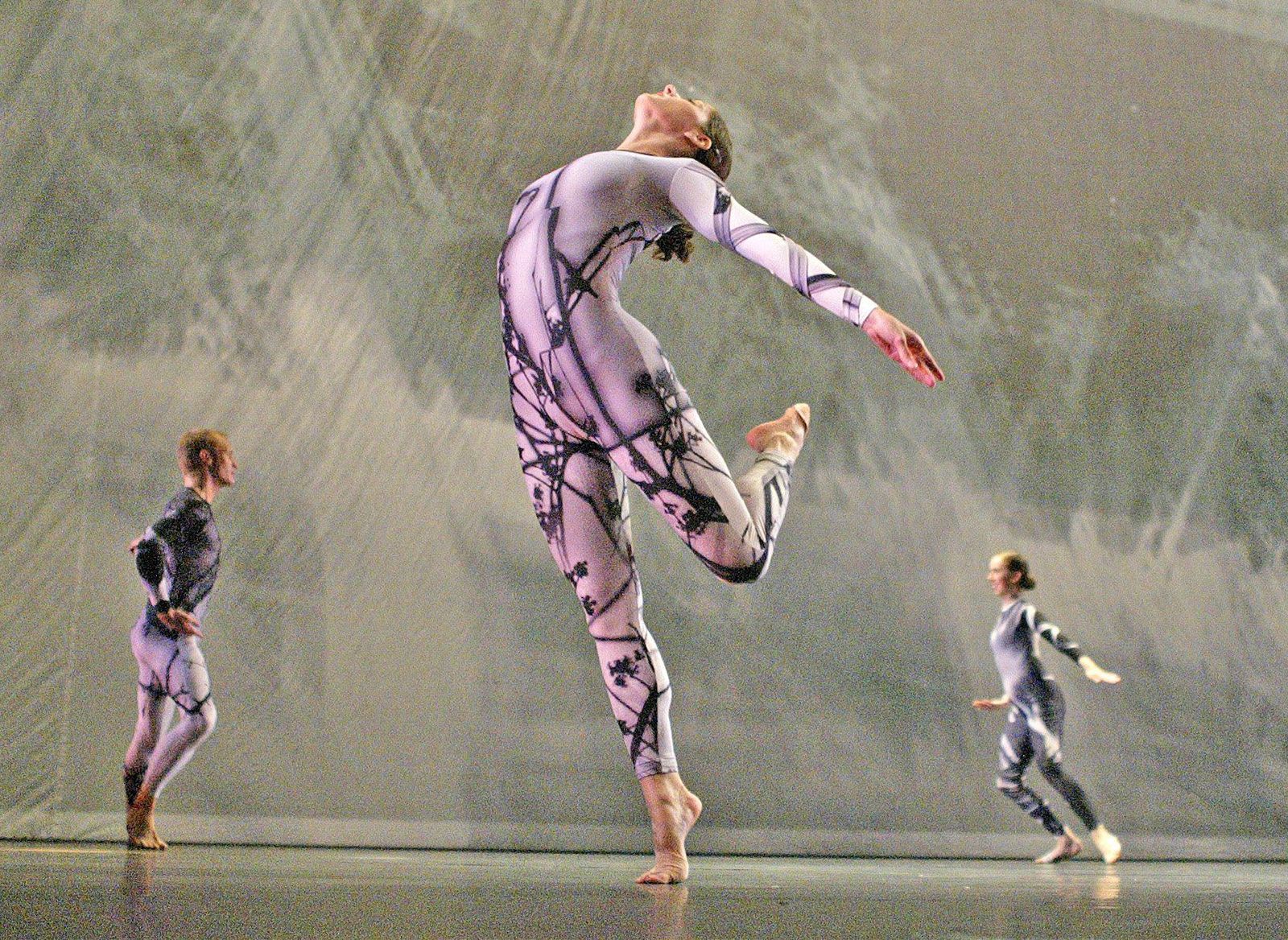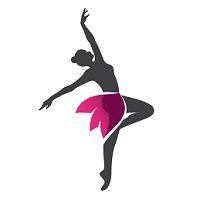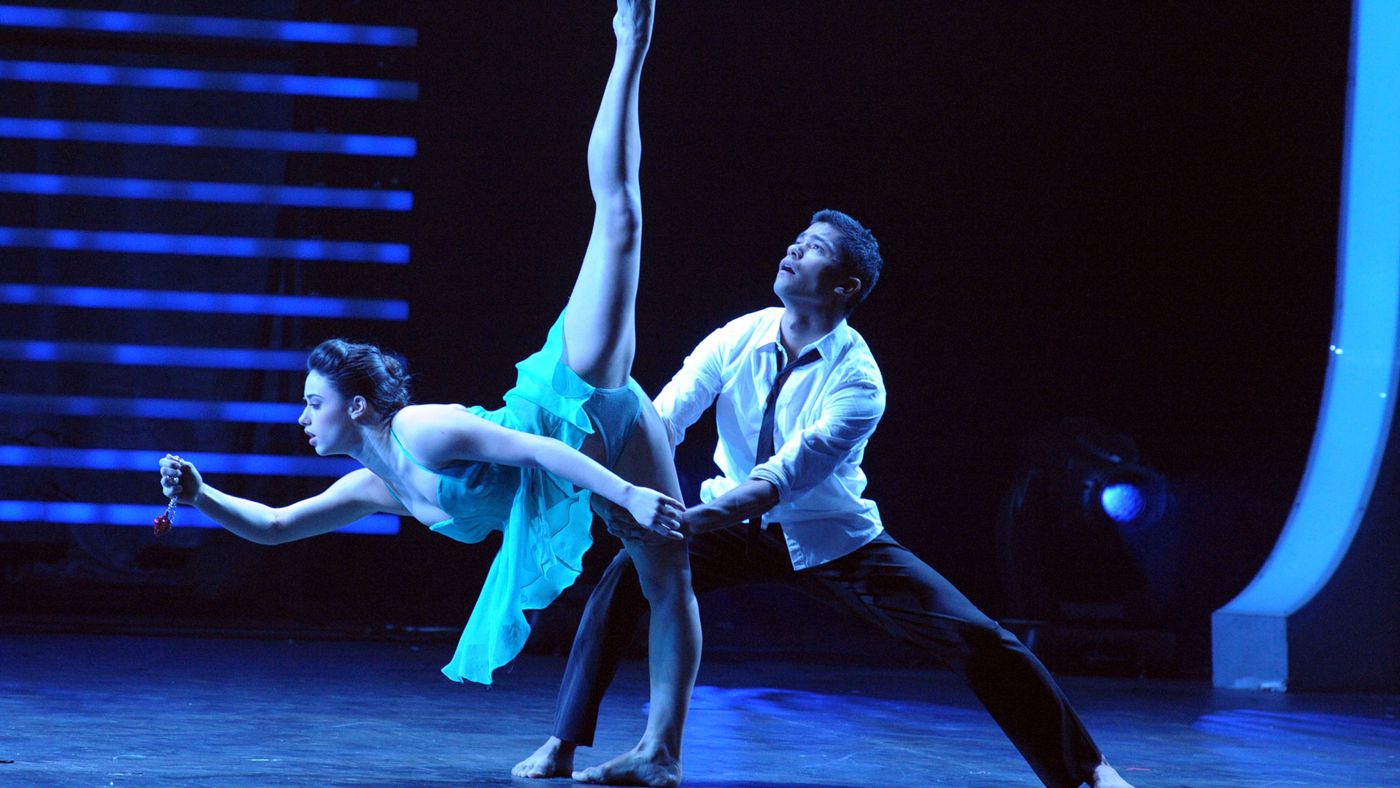Introduction
Modern dance and contemporary dance are two distinct forms of artistic expression that have evolved over time. While they share some similarities, they also have significant differences in terms of their origins, techniques, and styles. Understanding these differences can help us appreciate and differentiate between the two forms, allowing us to delve deeper into the world of dance.
Origins
Modern dance emerged as a rebellion against the rigid structure and rules of classical ballet in the late 19th and early 20th centuries. Pioneers such as Isadora Duncan and Martha Graham sought to break free from the constraints of traditional ballet and explore new forms of movement and expression.
On the other hand, contemporary dance is a more recent development that emerged in the mid-20th century. It incorporates elements from various dance styles, including modern dance, ballet, jazz, and even street dance. Contemporary dance is known for its versatility and ability to blend different techniques and styles.
Techniques
Modern Dance Techniques

Modern dance techniques focus on the use of the body’s natural movements and emotions. Dancers often emphasize the use of breath, contraction, release, and the exploration of gravity. Movements are often fluid and organic, allowing for a greater range of expression.
Contemporary Dance Techniques
Contemporary dance techniques draw from a wide range of styles and techniques. Dancers are encouraged to explore their own unique movement vocabulary and experiment with different dynamics, rhythms, and qualities of movement. This form of dance often incorporates floor work, improvisation, and partnering.
Styles
Modern Dance Styles
Modern dance styles vary greatly depending on the choreographer and the era in which they were developed. Some notable styles include Graham technique, Cunningham technique, and Horton technique. Each style has its own unique characteristics and emphasizes different aspects of movement and expression.
Contemporary Dance Styles
Contemporary dance styles are constantly evolving and adapting to the current artistic landscape. Some popular contemporary dance styles include release technique, Gaga technique, and Forsythe technique. These styles often incorporate elements of improvisation, athleticism, and experimentation.
Summary
Modern dance emerged as a rebellion against the rigid structure and rules of classical ballet. It sought to break free from traditional movements and embrace a more natural and expressive style. Modern dance pioneers like Isadora Duncan and Martha Graham paved the way for this form, emphasizing individuality, emotion, and the connection between mind and body.
On the other hand, contemporary dance is a more fluid and versatile form that incorporates elements from various dance styles, including modern dance. It is characterized by its focus on improvisation, experimentation, and the exploration of new movement possibilities. Contemporary dance allows dancers to push boundaries and challenge conventional norms, resulting in unique and innovative performances.
While both modern and contemporary dance share a commitment to self-expression and artistic freedom, they differ in their techniques and approaches. Modern dance often emphasizes strong, grounded movements, while contemporary dance encourages fluidity and versatility. Modern dance may incorporate narrative elements, while contemporary dance may be more abstract and open to interpretation.
By understanding the distinctions between modern dance and contemporary dance, we can better appreciate the rich history and evolution of these art forms. Whether you are a dancer, a dance enthusiast, or simply so her comment is here meone curious about the world of dance, exploring both modern and contemporary dance can offer a profound and inspiring experience.
- Q: What is modern dance?
- A: Modern dance is a style of dance that emerged in the early 20th century as a rebellion against the rigid techniques of ballet. It focuses on self-expression, freedom of movement, and the exploration of emotions and ideas.
- Q: What is contemporary dance?
- A: Contemporary dance is a genre that developed in the mid-20th century and incorporates elements from various dance styles, including modern dance. It is characterized by its versatility, fluidity, and the use of improvisation.
- Q: What are the main differences between modern dance and contemporary dance?
- A: While both modern dance and contemporary dance emphasize self-expression and creativity, modern dance is rooted in specific techniques and principles established by pioneers like Martha Graham and Doris Humphrey. Contemporary dance, on the other hand, is more fluid and open to interpretation, often blending different styles and techniques.
- Q: What are the movement qualities in modern dance?
- A: Modern dance often incorporates movements such as contractions, spirals, and floor work. It focuses on the body’s natural alignment and uses techniques like release and fall to create dynamic and expressive movements.
- Q: What are the movement qualities in contemporary dance?
- A: Contemporary dance embraces a wide range of movement qualities, including fluidity, athleticism, and versatility. Dancers may incorporate elements from ballet, jazz, hip-hop, and other dance styles, allowing for a more diverse and eclectic movement vocabulary.
- Q: Is contemporary dance an evolution of modern dance?
- A: Yes, contemporary dance can be seen as an evolution of modern dance. It builds upon the foundations established by modern dance pioneers but also incorporates new techniques, styles, and ideas that have emerged in the dance world over time.
- Q: Can someone with a ballet background transition to modern or contemporary dance?
- A: Yes, individuals with a ballet background can transition to modern or contemporary dance. While the movement principles and techniques may differ, the discipline and technical training gained from ballet can provide a solid foundation for exploring and adapting to these dance styles.
<dt

Welcome to my website! My name is Lincoln Jewell, and I am thrilled to share my passion for dance with you. As a professional dance instructor, I have dedicated my life to the art of movement and expression.

